Dinosaurs
Before we delve back into the past let us extend our warmest of welcomes to S.S. in Virginia who has come aboard to join the Anart4Life blog on-line community. Of course we love getting new subscribers but a huge thank you also to our loyal subscribers and followers, many of whom have been with us for nearly four years since the birth of the blog back at the end of 2017.
And now let's go on a little journey millions of years ago to look at some dinosaurs.
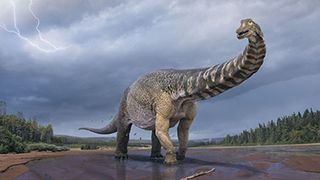
Recently E in London sent me an article about the lastest dinosaur species to be found in Australia which scientists say is the largest to be detected as living on this continent.
You can read the article by clicking here.
In the article there is a link to more information about the latest dinosaur remains discovered in Chile.
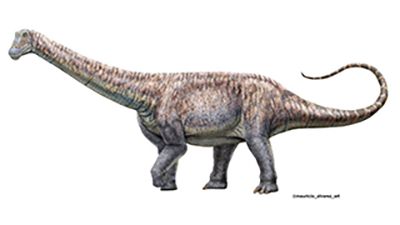
If you were to guess the year when statues of dinosaurs first appeared on Earth, I would imagine like me you would choose a date probably in the mid 1960s or even later. I certainly don't remember hearing about dinosaurs when I was growing up until The Flintstones appeared on TV in the early 1960s and I fell in love with Dino the pet dinosaur.
If you are not familiar with The Flintstones or would like to go back down memory land here are the opening and closing scenes of the first ever episode of the series. And if you watch carefully you will see some dinosaurs including Dino.
I was astonished to read that the first statues of dinosaurs occurred as early as 1854 when 15 appeared at The Crystal Palace on Penge Common in South London. The Crystal Palace was a cast iron and plate glass structure, originally built in Hyde Park, London, to house the Great Exhibition of 1851. After the exhibition it was removed to South London when Benjamin Waterhouse Hawkins was commissioned to design and make the models under the scientific direction of Sir Richard Owen, representing the latest scientific knowledge at the time.2
The Crystal Palace was rebuilt at the top of Penge Peak next to Sydenham Hill, an affluent suburb of large villas. It stood there from June 1854 until its destruction by fire in November 1936. The nearby residential area was renamed Crystal Palace after the landmark. This included the Crystal Palace Park that surrounds the site, home of the Crystal Palace National Sports Centre, which had previously been a football stadium that hosted the FA Cup Final between 1895 and 1914. Crystal Palace F.C. was founded at the site in 1905, and the team played at the Cup Final venue in their early years. The park still contains Benjamin Waterhouse Hawkins's Crystal Palace Dinosaurs which date back to 1854.2
Here are some of the Crystal Palace Park dinosaurs.
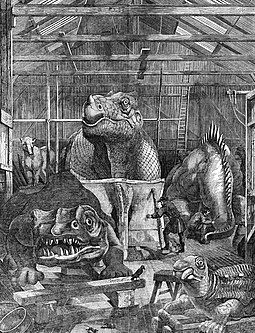
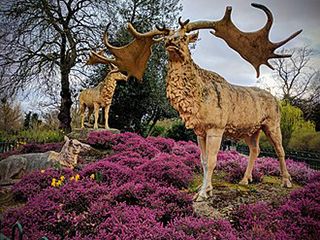
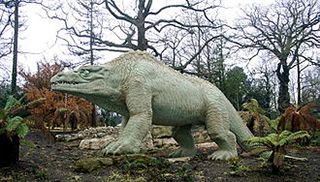
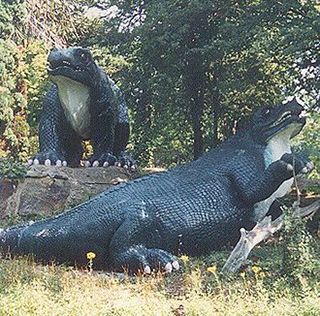
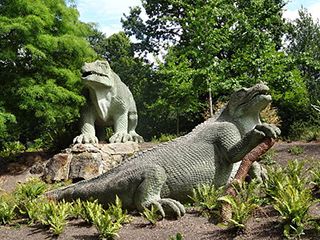
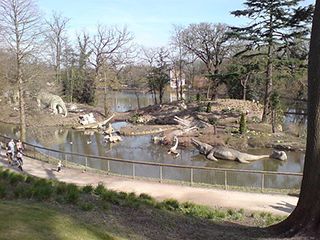
If this has inspired you to have a go at painting dinosaurs please watch the video below produced by James Gurney showing the process he used for painting dinosaurs for Scientific American magazine (March, 2012 issue).
And from dinosaurs it is a very natural segue into caves which Julie is going to bring you tomorrow.
Credits
1. bbc.com
2. en.wikipedia.org
